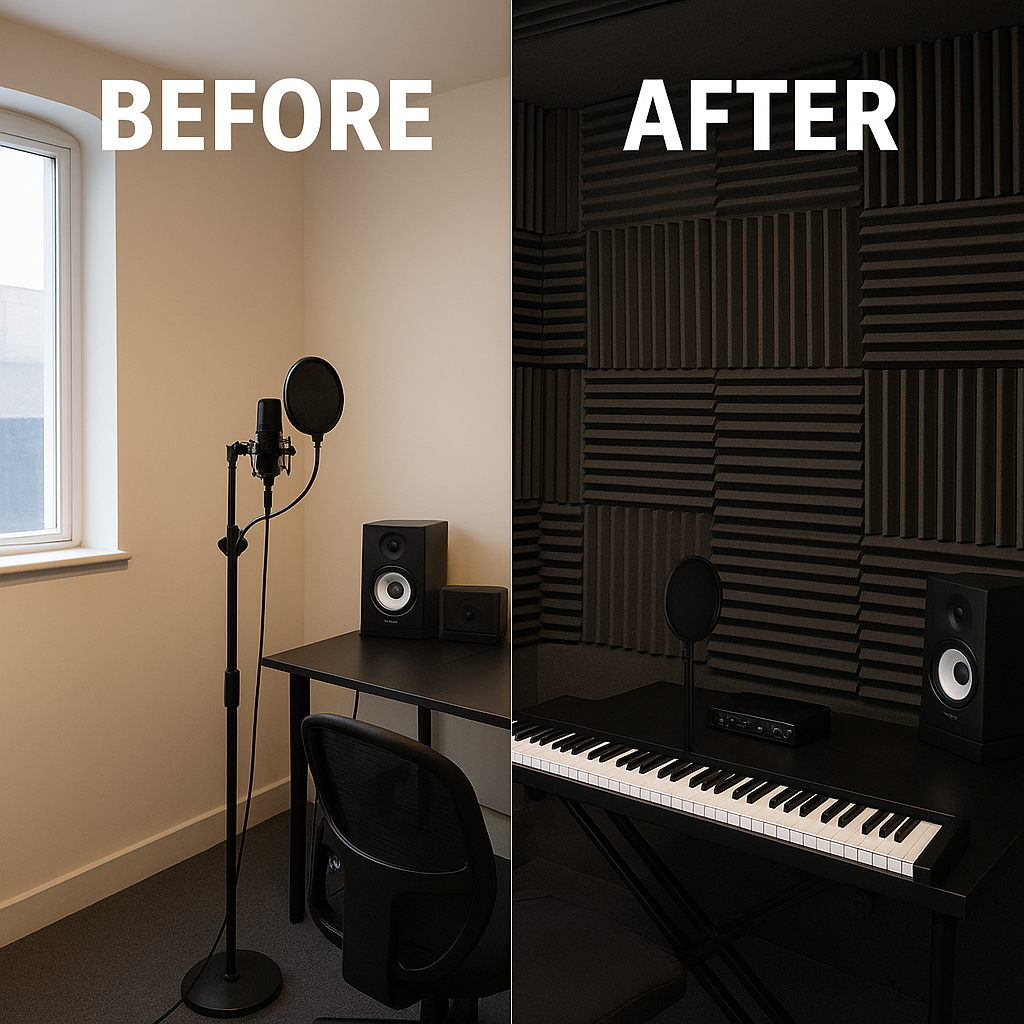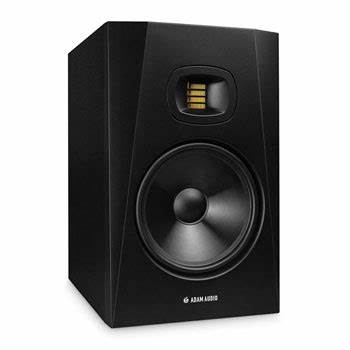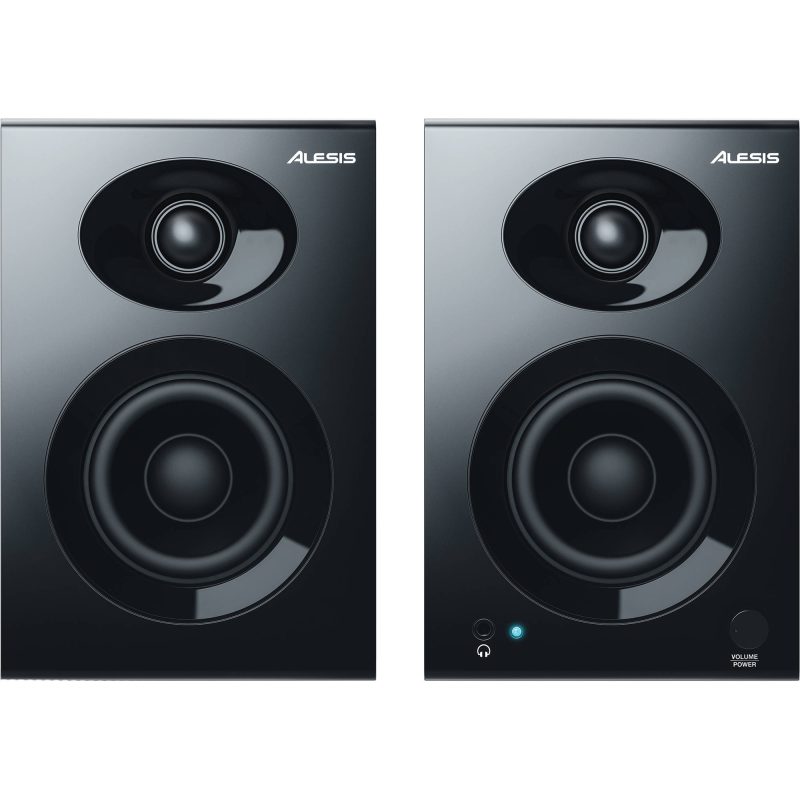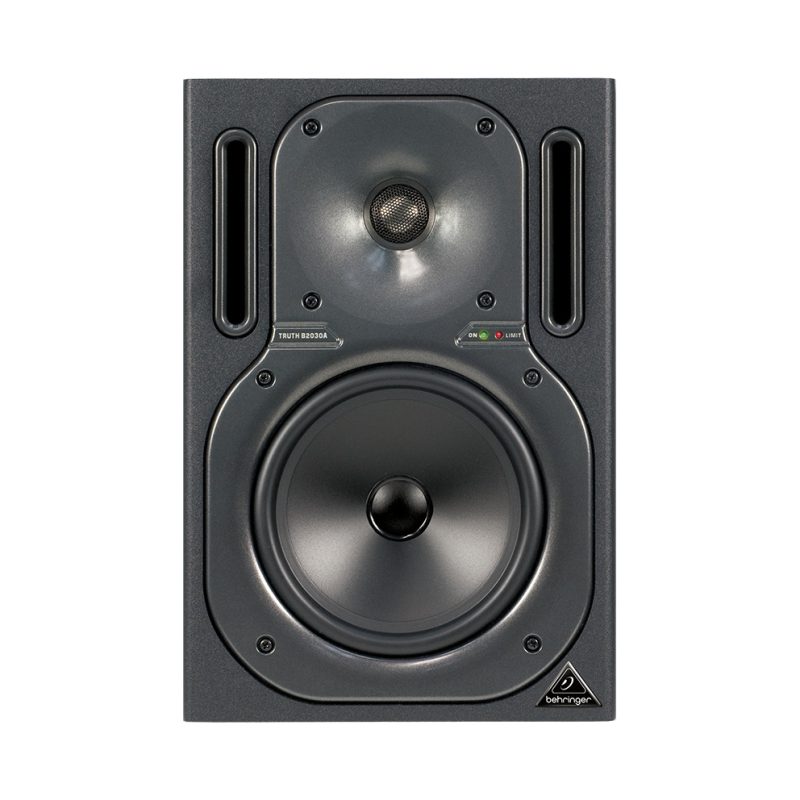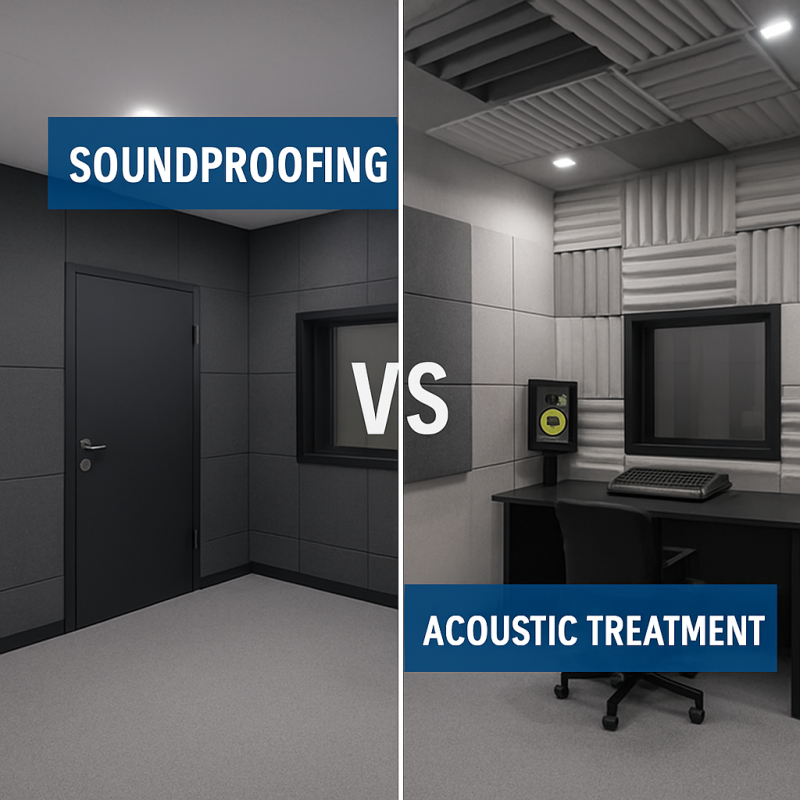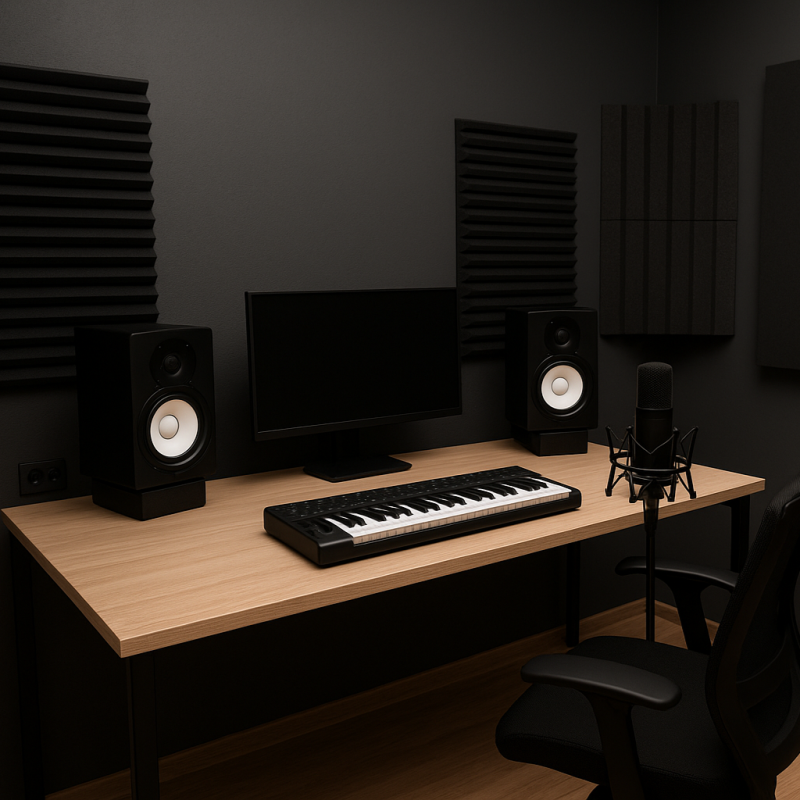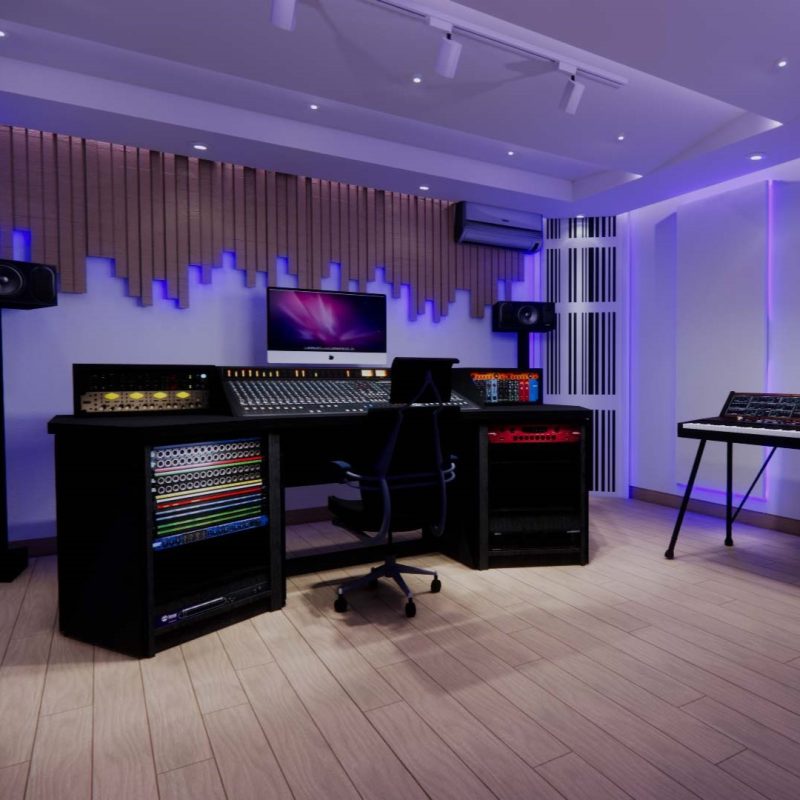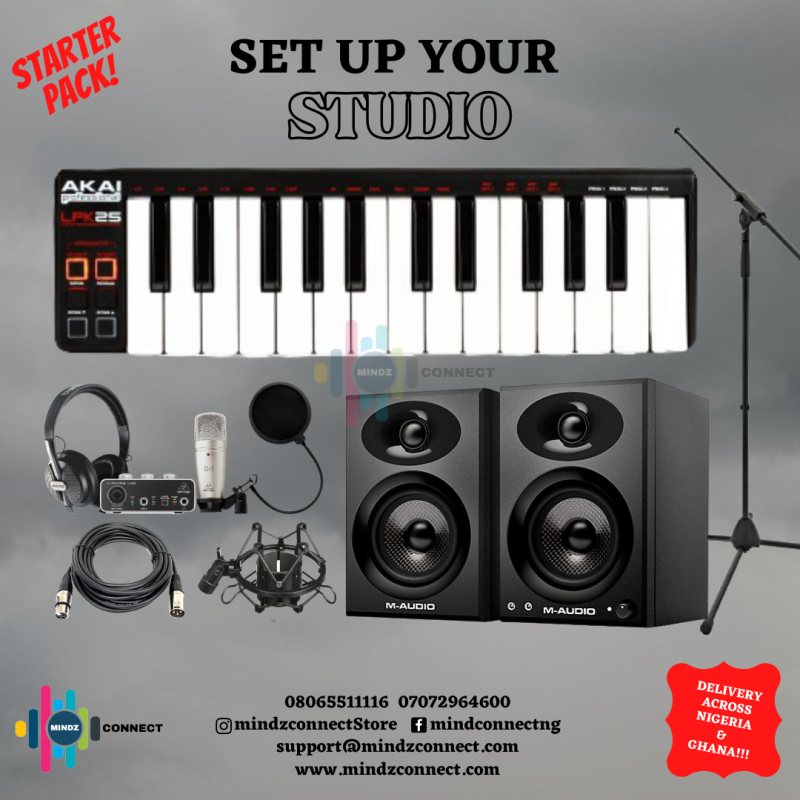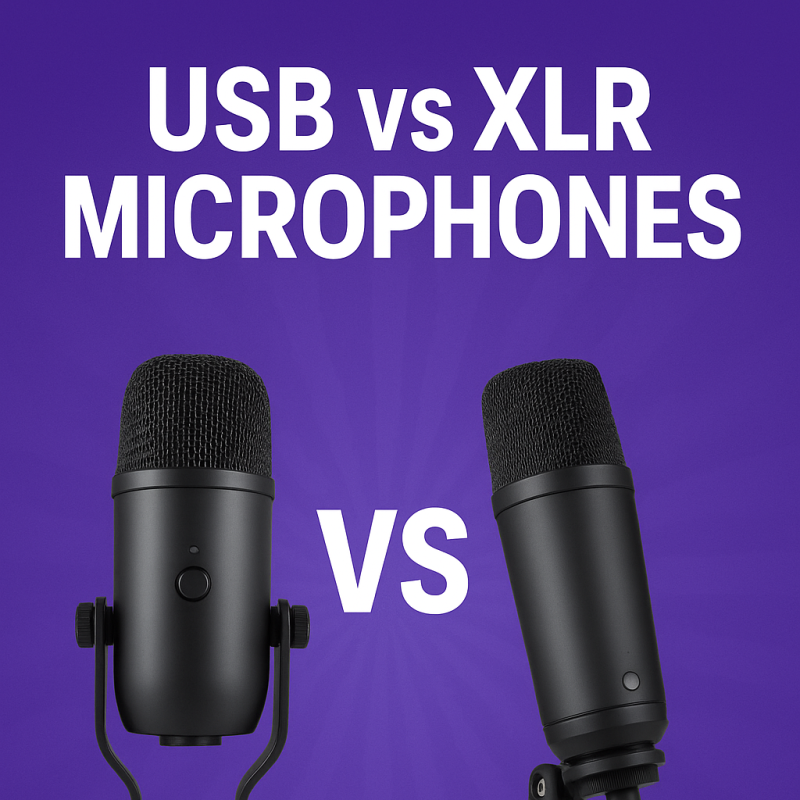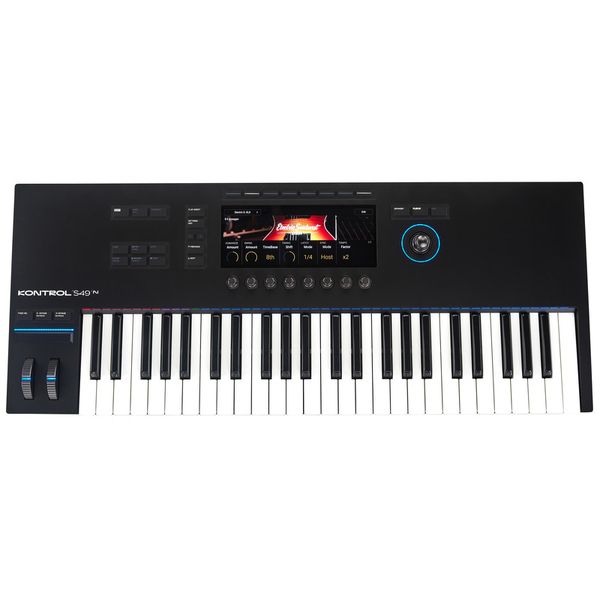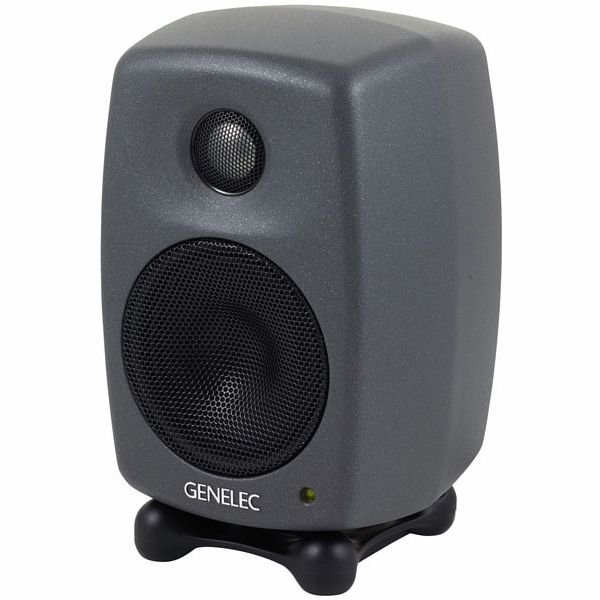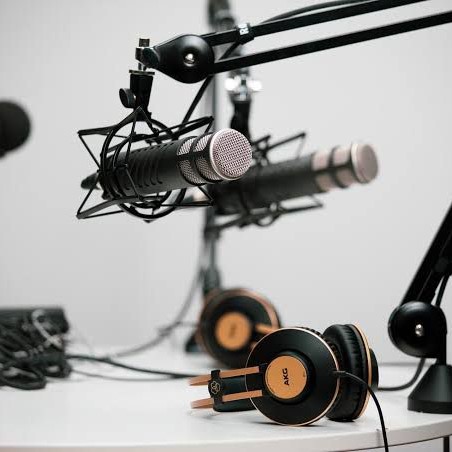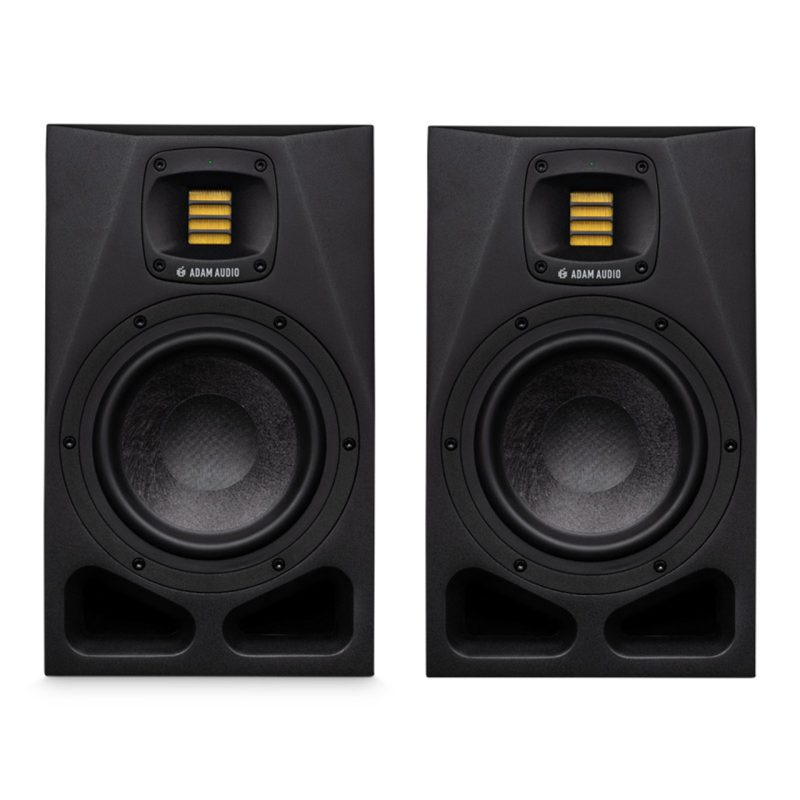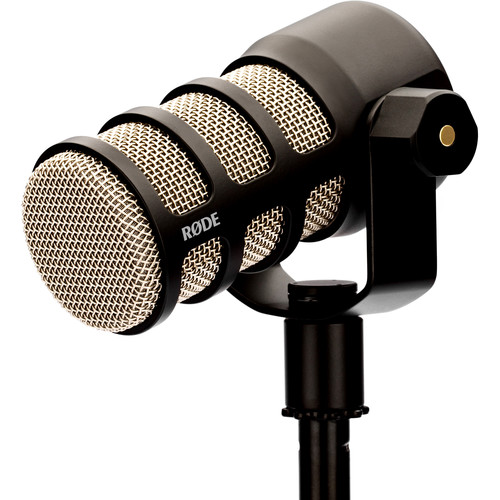How to Fix Common Sound Problems in Your Studio (Buzz, Echo, Reverb) | Mindz Connect
Introduction
Creating great sound in your studio isn’t just about having expensive gear — it’s about getting clear, clean audio without unwanted noise, echo, or distortion. Even in professional setups, issues like buzzing sounds, echo, and reverb can ruin an otherwise perfect mix.
At Mindz Connect, we help musicians, podcasters, and producers across Nigeria, Africa, the UK, and the US achieve pristine sound quality through proper acoustic treatment and studio setup.
Let’s walk through the most common sound problems and how you can fix them — whether you’re building a home studio or upgrading a professional one.
1. The Dreaded Buzz or Hum
Buzzing or humming noises are among the most frustrating issues for any studio owner. They’re usually caused by electrical interference, grounding issues, or faulty cables.
Common Causes:
- Power outlets or equipment not properly grounded
-
Poor-quality or damaged audio cables
-
Interference from fluorescent lights, fridges, or AC units
-
Overloaded power strips
Quick Fixes:
✅ Use balanced XLR or TRS cables instead of unbalanced RCA cables.
✅ Plug all studio gear into a single power source via a power conditioner.
✅ Keep audio cables and power cables separate to reduce interference.
✅ Replace cheap extension cords with surge protectors or voltage regulators.
💡 Pro Tip: Invest in a power conditioner — it stabilizes voltage and filters noise, giving your studio a cleaner audio signal.
2. Echo or Room Reflections
Echo happens when sound waves bounce off hard surfaces like walls, floors, or ceilings. This is especially common in rooms with tiles, bare walls, or glass windows. It causes muddiness in recordings and makes mixing difficult.
Solutions:
✅ Add acoustic panels or fabric wall treatments to absorb sound reflections.
✅ Install bass traps in corners to control low-frequency buildup.
✅ Use carpets or rugs on floors to reduce sound bouncing.
✅ Hang thick curtains over windows and doors to block reflections.
💡 Pro Tip: For the best acoustic balance, aim for a “dead but not dull” room — one where unwanted reflections are absorbed, but natural tone remains.
3. Reverb and Uncontrolled Ambience
Reverb isn’t always bad — in fact, it adds depth to music. But too much natural room reverb can make vocals and instruments sound distant or “washed out.”
Fixes:
✅ Position your microphone away from walls and corners.
✅ Use portable vocal booths or reflection filters for cleaner vocal recordings.
✅ Combine diffusers and absorbers to control reverb naturally.
✅ If you use reverb effects in mixing, keep your room acoustics neutral to avoid confusion between natural and digital reverb.
💡 Pro Tip: A properly treated room makes it easier to hear true sound — meaning you’ll use effects more accurately when mixing.
4. Unwanted Room Noise (Fans, AC, Street Sounds)
External noise — from fans, traffic, generators, or neighbors — is a big problem in many African cities. Without proper sound isolation, these noises creep into your recordings.
Fixes:
✅ Seal door and window gaps using acoustic seals or weather stripping.
✅ Install soundproof doors and windows if possible.
✅ Use heavy curtains and soundproof panels around noisy walls.
✅ Place noise-generating devices (like PCs or ACs) outside the main recording area.
💡 Pro Tip: Even if you can’t afford full soundproofing, strategic isolation of noise sources can make a huge difference.
5. Poor Acoustic Imaging (Mix Sounds Unbalanced)
Sometimes, your mixes sound great in your studio but terrible elsewhere. This happens when your room acoustics distort sound perception — often due to uneven reflections or poor monitor placement.
Fixes:
✅ Place studio monitors at ear level, forming an equilateral triangle with your head.
✅ Keep monitors away from walls and corners.
✅ Use diffusers behind your listening position for better sound distribution.
✅ Calibrate your speakers using reference tracks or room correction software.
💡 Pro Tip: Mindz Connect offers studio calibration and setup services to optimize your sound environment professionally.
Final Thoughts
Every studio — no matter how small — can sound professional with the right acoustic treatment and setup. You don’t need to rebuild your room from scratch; you just need to understand how sound behaves and how to control it.
At Mindz Connect, we specialize in:
🎧 Studio Equipment
🧱 Soundproofing & Acoustic Panels
🔌 Studio Installation & Calibration
Whether you’re in Lagos, Nairobi, London, or Los Angeles, we help creators design studios that look amazing and sound even better.
📞 Ready to Fix Your Studio Sound? Shop premium acoustic panels, bass traps, and soundproofing kits at Mindz Connect today. Let’s make your studio sound as good as it looks.
📞 For orders and enquiries: +2348065511116, +2347072964600
🌐 Visit: www.mindzconnect.com
ADAM Audio T5V Studio Monitor Speaker (pair)
ADAM Audio T7V Studio Monitor Speaker (pair)
ADAM AUDIO T8V Studio Monitor Speaker (Pair)
Alesis Elevate 3 Studio Monitor Speaker (Pair)
Alesis Elevate 4 – 50 W Powered Desktop Studio Monitor Speaker (Pair) with Subwoofer Output for Home Studios / Video-Editing / Gaming and Mobile Devices
- Powerful, room filling sound - Separate high-and low-frequency drivers with crossover; 25 W per channel output power - 50 W total
- Clarity - 4-Inch low-frequency driver in ported enclosure delivers rich, tight bass; 1-Inch silk dome tweeter provides smooth, clear highs
- Precision engineered - High-density wood cabinets suppress unwanted resonances; carefully formed baffle radiuses reduce edge diffraction
- Hear every detail - Elliptical tweeter waveguide optimizes dispersion and stereo imaging
- Feel the bass - Dedicated subwoofer output for use with virtually any powered subwoofer

